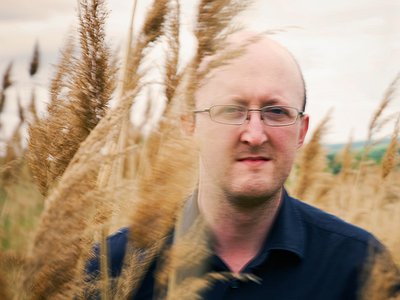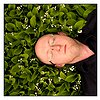Catalogue d'oiseaux is a cornerstone of 20th-century music, but it never created a school in the true meaning of the word. What's the importance of the piece for 20th-century composition from your point of view?
It is correct to say that the importance of this music is felt now in the least obvious ways. I think there is a need to look back to the natural world for its own inspiration, particularly in the technological age. I am hoping for more new works in this vein.
It is notable that all of these bird-related works, by all composers, are extremely creative and exploratory. And what we learn mostly is that musical forms, melodic and rhythmic possibilities, piano timbre and technique are still open to development – often in radical ways. Messiaen's piano writing here is incredibly pianistic. For this, we have his wife, Yvonne Loriod, to thank in large part. Her extraordinary capabilities opened up Messiaen's language to embrace this field of music and to enable its sounds to be heard in our concert halls. And the possibilities of piano writing are still being explored, having been developed in the 20th century in such ways.
In terms of performance for you as a pianist, what are some of the challenges of the catalogue's pieces?
The basic challenge of rendering birdsong on the piano is to try to match the unbridled freedom of the bird in its performance. For that, one needs a great familiarity with the patterns of the song and a solid methodology in preparing for the technical difficulties. The biggest challenge is the same as with all music, though perhaps more necessary here: "ars est celare artem" – it is art to conceal art. The pianist has to find ways to bridge the divide between the natural and the unnatural: that is perhaps the artistic "meaning" of this music, and why birdsong is the perfect subject matter.
So did you study the "originals" in any form?
Yes, I have made a study of birdsong, and I have several ornithological books and recordings about the subject. I have also experimented with trying to mimic birdsong at the piano. This ongoing study has grown out of a fascination with birds and birdsong inherited from my mother, who shares my passion. I do not think it makes sense to play a piece without understanding its background. I like to keep a handle on the extra-musical programme as I play it. But I have also said before that it is what Messiaen and other composers "do" with the song that is the most fascinating thing. It is possible, I assert, to appreciate this music without any reference to titles, programmes, labels.
In particular, I have visited the areas of France that inspired the Catalogue d'oiseaux and also La Fauvette – the Meije Glacier and the Dauphiné (Isère), for instance. Here, I have got a feel for the landscape; I have seen – and heard! – the environment that has inspired this music. Perhaps I have heard some descendants of the birds Messiaen himself heard.
Has working with Messiaen's music changed your perception of what constitutes "music"?
Messiaen himself said that he made "no distinction between noise and sound" – the sounds of wind and water, or mountain streams and waterfalls, all constituted music. So, I have understood that view from an early age. I should mention the wonderful non-bird sounds found in Messiaen's music: abstract colour-chords, cicadas, water, wind, the movement of trees – even lighthouse foghorns! In this music we find ourselves constantly surprised by the inventiveness on offer and our expectations are never disappointed. I find something new every time I play this music.
Homepage: Matthew Schellhorn
Photos: Jan Thijs
Read and hear more Matthew Shellhorn at www.matthewschellhorn.com



